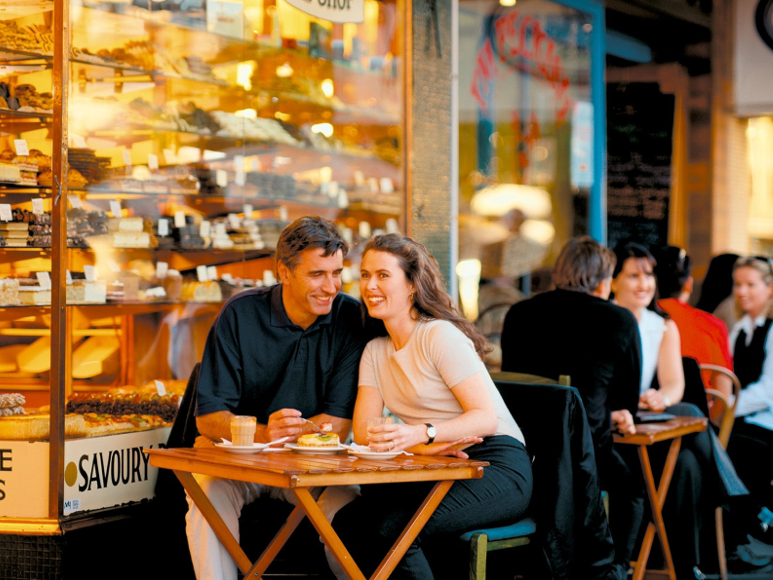Is a General Store in Your Future?

Seems like a quaint, old fashion notion: a corner store a short walk away, people who know you, really know you and your likes, informal community meet-and-greets
While older cities in the U.S. never lost this, newer cities, smaller towns, and U.S. areas that grew after the 1960’s were developed by urban planners who knew, and made sure to tell dissenters, that progress only came when you had to drive a car to get to a store.
Interestingly enough, it may be technology that brings communities back together – complete with the corner store.
How?
Let’s set the stage with groceries…
Amazon has made remote B2C very close to an instant gratification, online shopping event by moving giant warehouses close to dense urban areas, controlling delivery fleets, and by designing its supply chain infrastructure around rapid, responsive order delivery.
Amazon owns Whole Foods.
U.S. consumers increasingly buy organic and are trying to be more careful about what they eat.
In the U.S., there is a shortage of delivery truck drivers.
New delivery robots, or pavement droids, are traveling up to 10 miles to make small deliveries – including meals.
Massive amounts of data are being collected on everyone.
Add to this:
Analysis of collected data to understand what is being purchased in each neighborhood. This analysis allows for grocery stock to be customized per neighborhood. Pretty much what our neighborhood grocer used to do, but now with better data for the larger neighborhood.
The larger, farther away, warehouses will hold huge inventories to handle the variation in demand for many small stores. These will provide regular data-based shipments of product to the neighborhood stores. Nothing too different here except the end location change and its proximity to millions of SKUs from multiple manufacturers.
Much of the floor space for each neighborhood store would be used for warehousing and delivery with the remainder being a small shopping area.
A small, neighborhood store/delivery center can only afford to hire a few people. This limits the number of deliveries made to people who cannot or do not have the time to walk to a corner store. If people perform the difficult deliveries and land based robots perform the easier ones,
then more people can be served simultaneously by both people and robots from small stores near their homes.
The small store shopping area is for drop-in traffic. Better yet, add a small coffee bar and bakery, maybe with outdoor seating so people can stop, slow down, and have a cup of coffee and pastry with their neighbors.
But why stop with just groceries?
Using our data, we can stock small amounts of generally purchased merchandise in addition to food. Whether the merchandise is electronics, or replacement batteries, or door knobs depends on the neighborhood.
In business terms we have…
A general store in our neighborhood. A store customized to our neighborhood’s buying habits. A store very near to its customers that holds what is bought often. A store utilizing data to better serve its customers. Delivery using people and robots to speed up delivery.
In short, a responsive supply chain for neighborhood general deliveries.
We also have…
A welcoming community space to meet and talk
People who know their neighbors
Less truck traffic
What do you think?
Key words and concepts: supply chain, robots, store, B2C, responsive, responsiveness, neighborhoods, technology, co-bots, delivery
About the author: Cynthia Kalina-Kaminsky with Process & Strategy consults with and provides training for organizations eager to increase their competitive value by helping enable growth, align performance, make and move product (even when the product is electrons).
Comments